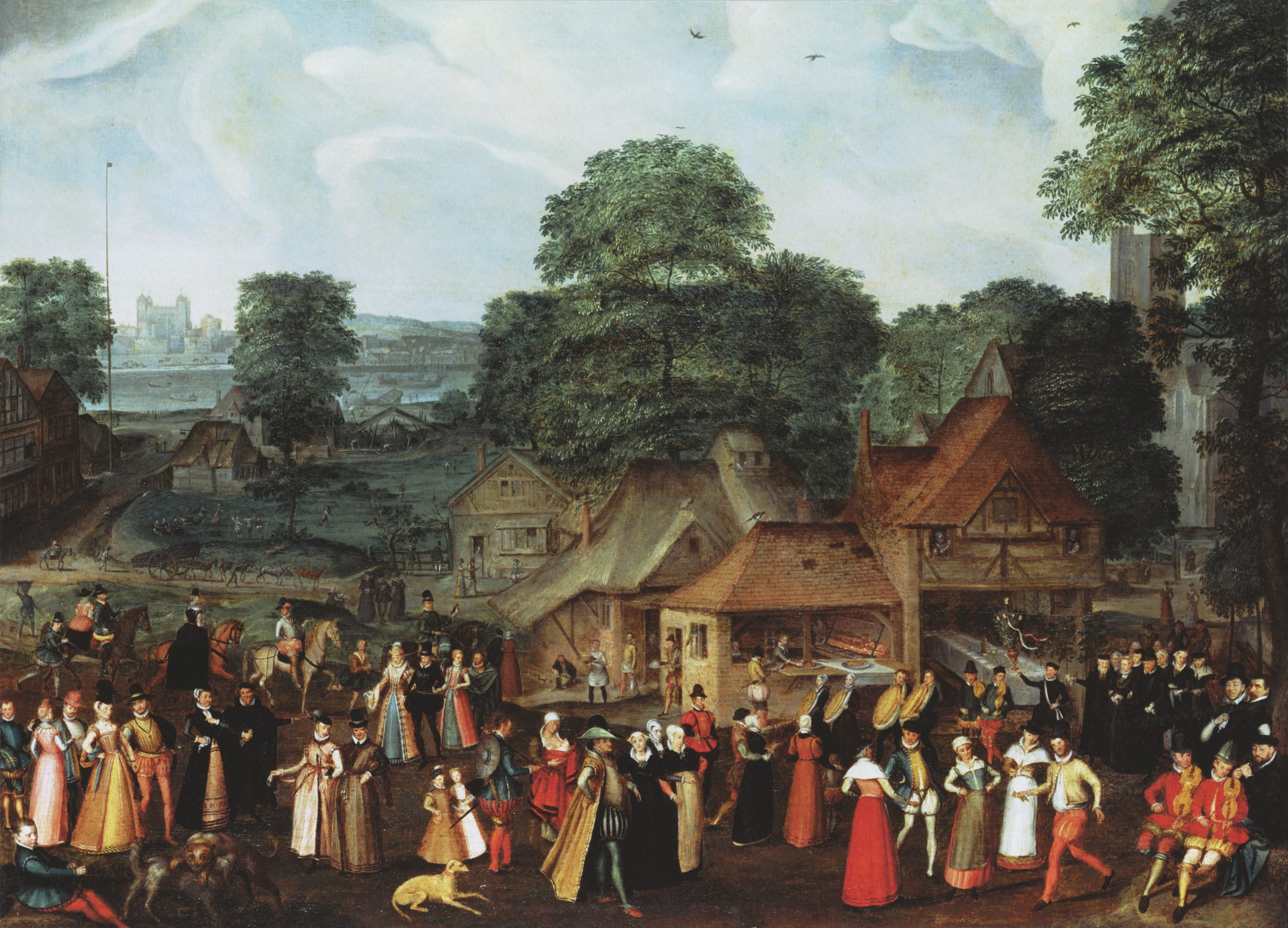WEEK 6 – YOUR PRODUCTION
RESEARCH: Research your own Shakespeare play: Much Ado About Nothing, Love's Labour's Lost or Titus Andronicus. What is the play about? When was it first performed? Find a contemporary production of the play you can get an idea of and research it in terms of concept, style, design, casting. Give some attention to your own character and their role in the play.
Titus Andronicus is a tragic play written by Shakespeare
between 1588 -1593 it is thought to have been the first tragedy he wrote. It is
also thought however not proven that he collaborated with George peele on
writing the play. The first recorded performance
was in early 1594 at5 the rose theatre in London. The exact date was 24 January
however it was acted by 3 different companies within a short time after
this.
Although it is set in Rome during the Roman Empire it is not
a historical play however it is a mix of medieval myths and legends. Shakespeare
took inspiration from several sources, such as Ovid’s Metamorphoses which he
used to inspire lavinas rape, then Seneca’s Thyestes in which two sons are
served for dinner much like Chiron and Demetrius.
The main theme of the play is revenge, The play is set in
the roman empire, a war has just finished and saturnine and bassianus are
arguing over who will now take the throne after the deceased emperor their
father, Titus is offered the power by Marcus however he turns it down and says
that saturnine should be given the throne. He then takes Tamora the queen of Goths
as his empress and she vows revenge on Titus for killing her eldest son. This revenge
takes place through Chiron and Demetrius raping and cutting of the hand and tongue
of lavina (Titus daughter). Titus then
eventually kills Chiron and Demetrius and serves them in a pie at a banquet to Tamora
and then kills Tamora then lavina and saturnine kills Titus who is then avenged
by lucius who is made emperor at the end of the play.
Looking at Seoul’s Shakespeare company’s version( video embedded to hte left) the first thing
i noticed that was different from our version of the play was that is had males
playing males and women playing women, our production decided to have an all
female cast and it completely changed the dynamics of the play, The character
of Demetrius that i play was more of a comedic character than serious, the
first introduction in the play is of Chiron and Demetrius arguing over lavina,
in this production their first entrance was then cat fighting with each other
in a comedic way whereas in our production my character was more evil and
serious. The casting of all the characters
was closer to what the character would have been like mainly due to the fact
that there are the correct genders playing the correct roles.
The costumes for this production were closer to how they
would have been in earlier productions, they matched their characters and the
time era whereas in our production we used similar costumes for everyone and
was more experimental. The way that this play is was more naturalistic to how
it was written and hasn’t changed too much, even the set is pretty basic with just
a doorway and stair either side with
props occasionally being brought on.
Furthermore the naturalism was also seen during the
physicalisation of characters, there was no outlandish physical traits whereas
during our production we all had more of a physicalised way of moving, especially
my character who was crouched down for most of the play.








